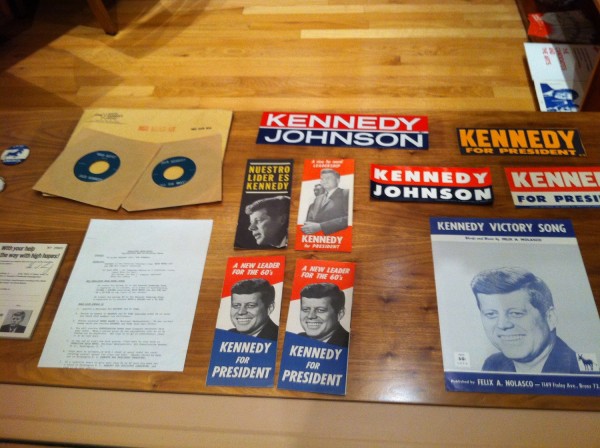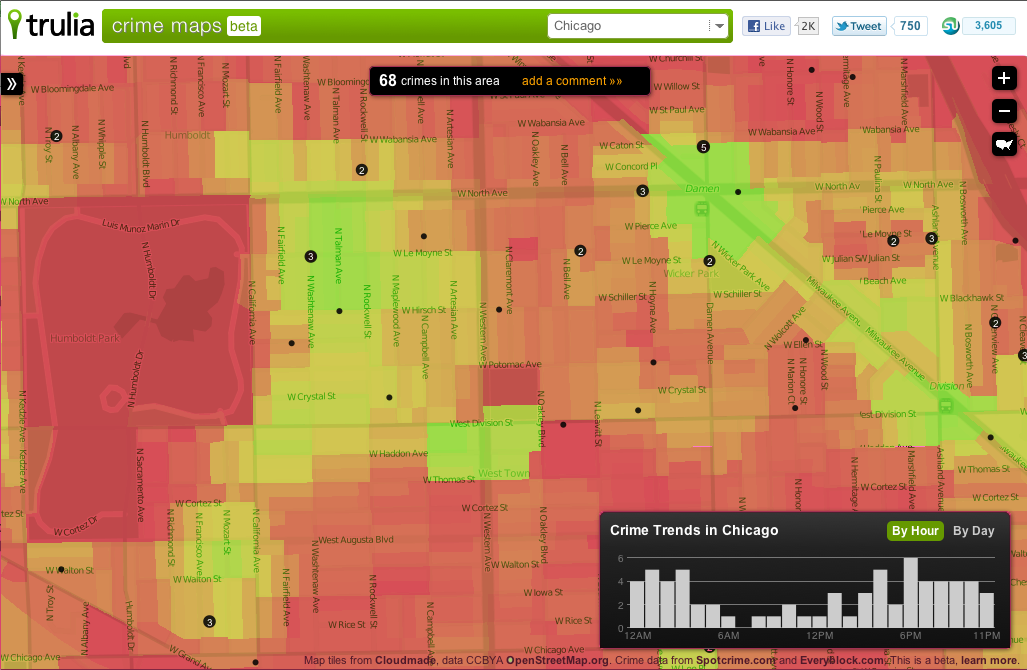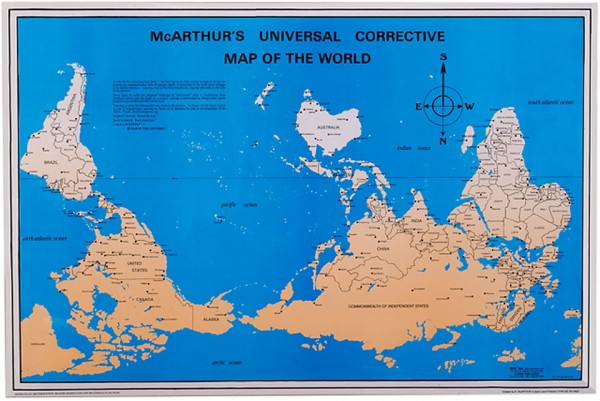The event is a tyrant
Charles Seife on journalism, news pegs and polls in Proofiness: The dark arts of mathematical deception:
Most journalists are primarily event-gatherers, picking and packing the choicest and freshest events to present to their audiences. Every time there is a sufficiently interesting or important event of some sort—a plane crash, say, or an earthquake—journalists rush in to relay the story. However, without an event to report, journalists are almost helpless. When there’s no event, almost by definition, there’s no news for them to report. As journalist Walter Lippmann put it in the 1920s:
It may be the act of going into bankruptcy, it may be a fire, a collision, an assault, a riot, an arrest, a denunciation, the introduction of a bill, a speech, a vote, a meeting, the expressed opinion of a well known citizen, an editorial in a newspaper, a sale, a wage-schedule, a price change, the proposal to build a bridge. There must be a manifestation. The course of events must assume a certain definable shape, and until it is in a phase where some aspect is an accomplished fact, news does not separate itself from the ocean of possible truth. To a journalist, the event is a tyrant. It is the authority that grants him liberty to speak. And this liberty is typically only given for a short amount of time. Unless the event is extraordinarily salacious or deadly or important, the journalist must move on to other topics quickly, as his powers to attract an audience rapidly wane as the event ages. He has a day or two or three to talk about an explosion or child abductions before he must once more hold his tongue, at least until the next event.
To a reporter who’s bubbling with ideas to write about, this can be terribly frustrating. Lots of interesting and important developments happen as a gradual trickle, rather than in a series of discrete, reportable events. However, journalists generally can’t write about broad trends or abstract ideas until they find what is called a “news peg”—a timely event that the reporter can tie, no matter how tenuously, to the subject that he really wants to talk about. For example, a journalist who has a vague hankering to write about his suspicions that airline safety has been getting worse would keep an eye out for a news peg of some sort—any event that might provide a convenient excuse for publishing the story. A high-profile plane crash would be an ideal peg, but other lesser events—perhaps not newsworthy on their own—would also suffice. A near miss would do. So would an incident where a pilot gets fired for showing up on the job drunk. Reports are also good news pegs; the journalist probably wouldn’t have to wait long before the FAA or some other government agency publishes a report or generates a new statistic about transportation that might imbue the piece with timeliness. Failing that, there’s always an anniversary of some disaster or another; if desperate, the reporter can dust off TWA 8OO or the Andes plane crash or even the R101 airship disaster to write a piece at the appropriate time. For a news peg need not even be a real event; it can be a fake one.
A real event tends to be spontaneous rather than planned; news happens on its own timetable. Even if the event isn’t a complete surprise (everybody knows that an election is coming, for example), its outcome is at least somewhat unpredictable. A real event can be complex; it might take months or years to tease out its significance and it might never be understood fully. A fake event—what historian Daniel Boorstin dubbed epseudoevent—tends to be just the opposite. Where real news is organic, pseudoevents are synthetic. A pseudoevent is planned rather than spontaneous. It occurs at a convenient time and at an accessible location. Any unpredictability is kept to a minimum. A good pseudoevent is simple and easy to understand. And it has a purpose. A pseudoevent like the presentation of a political speech or the orchestrated “leak” of a governmental memo is meant, at least in part, specifically for the consumption of the press—and once given an airing by the press, it is meant to get attention, to be talked about, and to shape public opinion. Though a pseudoevent might have information, that information has been massaged and molded with a purpose in mind. A plane crash has no hidden agenda; a speech from the president of Airbus certainly does.
Reporters make little distinction, if any, between events and pseudoevents. Both are useful; pseudoevents can serve as perfectly serviceable news pegs when an event is not readily available. A speech from the Airbus president can unshackle a reporter, allowing him to riff on the safety of airlines. Reporters are grateful for the freedom that the pseudoevents buy them, even though that freedom comes at the price of being manipulated by the creator of the pseudoevent. As a result, many corporations and government organizations have become adept at manufacturing pseudoevents that quickly get turned into pseudonews.
From the journalist’s point of view, the poll is the ultimate pseudoevent—it is entirely under his control. Any time a news organization wishes, it can conduct or commission a poll, whose results it then duly reports. A poll frees journalists from having to wait for news to happen or for others to manufacture pseudoevents for them. Polls allow a news organization to manufacture its own news. It’s incredibly liberating.*
What’s more, polls allow reporters to bend real events to a convenient timetable, completely freeing them from the less than ideal timing of bona fide news events. During the doldrums of an election season, in the boring stretch when a vote might be weeks or months away, it might seem that news organizations wouldn’t be able to talk about the election for lack of any events to report on. Not so. News organizations need only commission polls to give their reporters and talking heads something to pontificate about. Journalists chatter continuously throughout election season as if they were calling a horse race. Pundits spend countless hours rooting through the entrails of whatever national or local polls they can get their hands on, turning each little insignificant result into an important portent of future events. These polls allow the news media to keep their audiences tense and entertained even while crossing the vast, lonely electoral desert in between the results of the primaries—which usually aren’t that interesting to begin with—and the general election in November. And as election day comes nigh, the polling gets even more intense. In days of yore, reporters had to wait until the returns were in before announcing the winner of an election. No longer! Exit polls allow the networks to declare a winner before bedtime. Polls are an incredibly powerful tool, and they’ve become a staple of modern journalism—and not just during election season.
* Polls aren’t the only way for news organizations to synthesize news. Time’s annual Person of the Year issue is a long-running exercise in pseudo-newsy attention grabbing. Top-ten and top-hundred lists are also very effective—and they seem to be proliferating rapidly.




